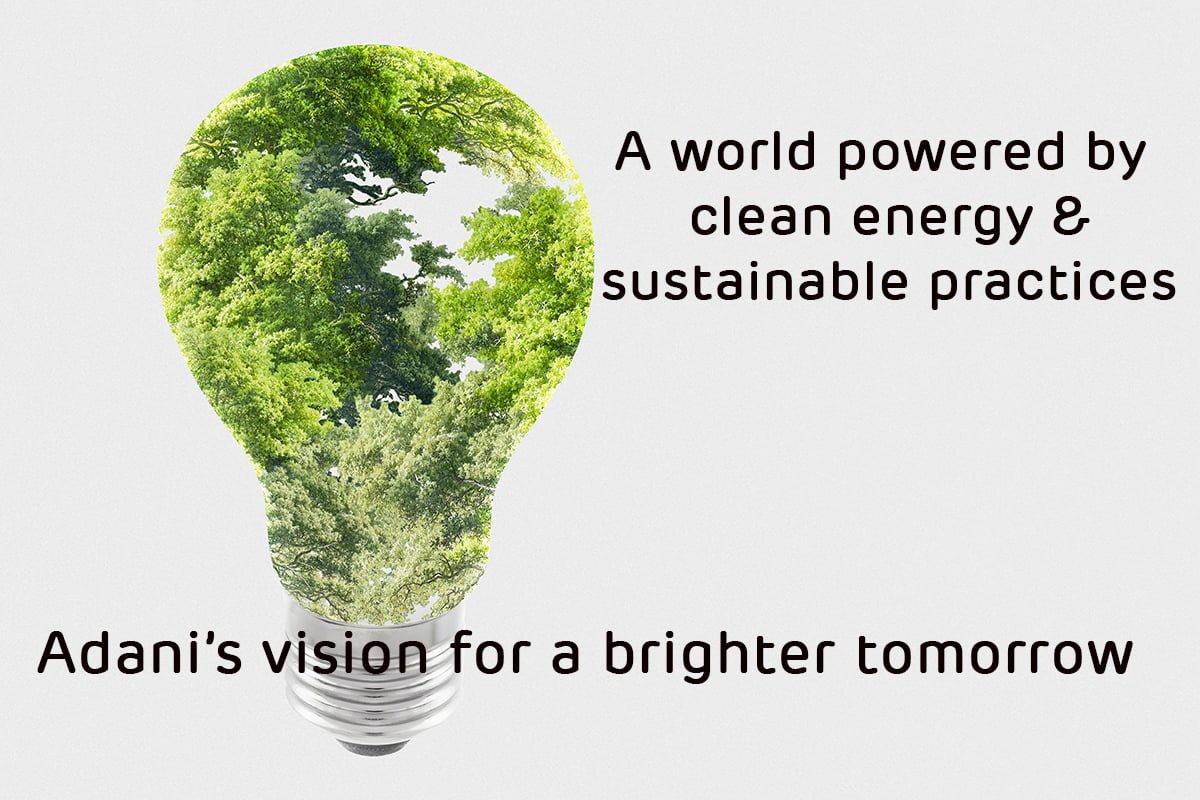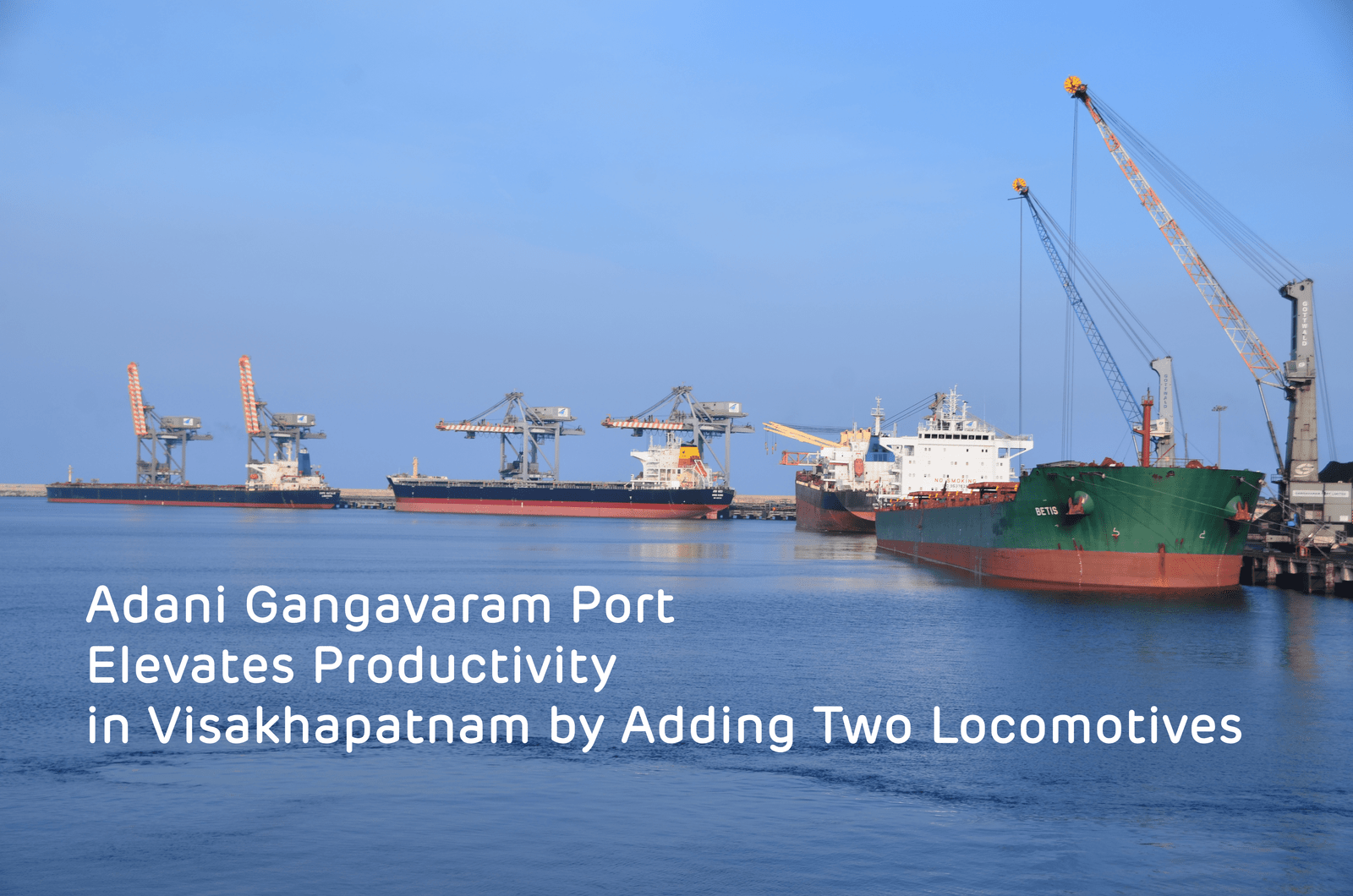Ports serve as entry points for international trade and make it easier for commodities and services to move between nations. India boasts a long coastline spanning more than 7,500 kilometres, with numerous big and small ports that manage a substantial volume of global trade, encompassing both imports and exports. The main ports in India handled 795 million tons of cargo in FY 2022–23. Ports are essential to trade and make a substantial economic contribution to the nation.
India’s ports quickly fill with silt and need year-round dredging to keep the depth suitable for navigation. The pursuit of economies of scale by shippers and owners to cut freight costs by transporting larger quantities of products at a time has resulted in larger ships. To accommodate larger ships, the canals and berths must be deepened. This work is done by dredging ships.
Dredging is a technique used by ports to create new canals and deepen old ones, which facilitates the passage of larger vessels and increases trade efficiency.
Adani Ports and Special Economic Zone Ltd. (APSEZL) specialises in offering reclamation and dredging solutions for port and harbour building. In 2005, the Adani Group began investing in the construction of a dredging fleet in order to accomplish the expected rapid growth in the port industry. Since then, it has been a huge success story, and APSEZL currently possesses the greatest capital dredging capacity in India.
In addition to having dredgers, APSEZ also possesses a sizable fleet of survey ships, floating cranes, jack-up barges, multipurpose crafts, and other equipment. Our staff of more than a thousand people operates and maintains this equipment. Dredgers in good condition, staff that is highly driven and skilled, an innovative internal workshop, dry dock amenities, and survey support all pave the way for efficient operations.
Dredging is essential to the development and maintenance of waterways in many different sectors. It serves as a versatile instrument for:
Maintaining current waterways: Dredging clears out collected debris, restores depth, and eliminates contaminants, thereby enhancing water quality and avoiding flooding.
Deepening waterways: The natural accumulation of sediment lowers the water’s depth. By removing this silt, dredging lowers the risk of flooding and ensures safe travel.
Cleaning ponds and lagoons: Dredging revitalises these stagnant water bodies, enhancing their quality and getting rid of unpleasant odours by clearing out collected silt.
Next time you see a ship passing by, remember the role of dredging. APSEZ will continue to be the pillar that keeps India’s ports open and trade moving freely as the country’s marine landscape changes.










